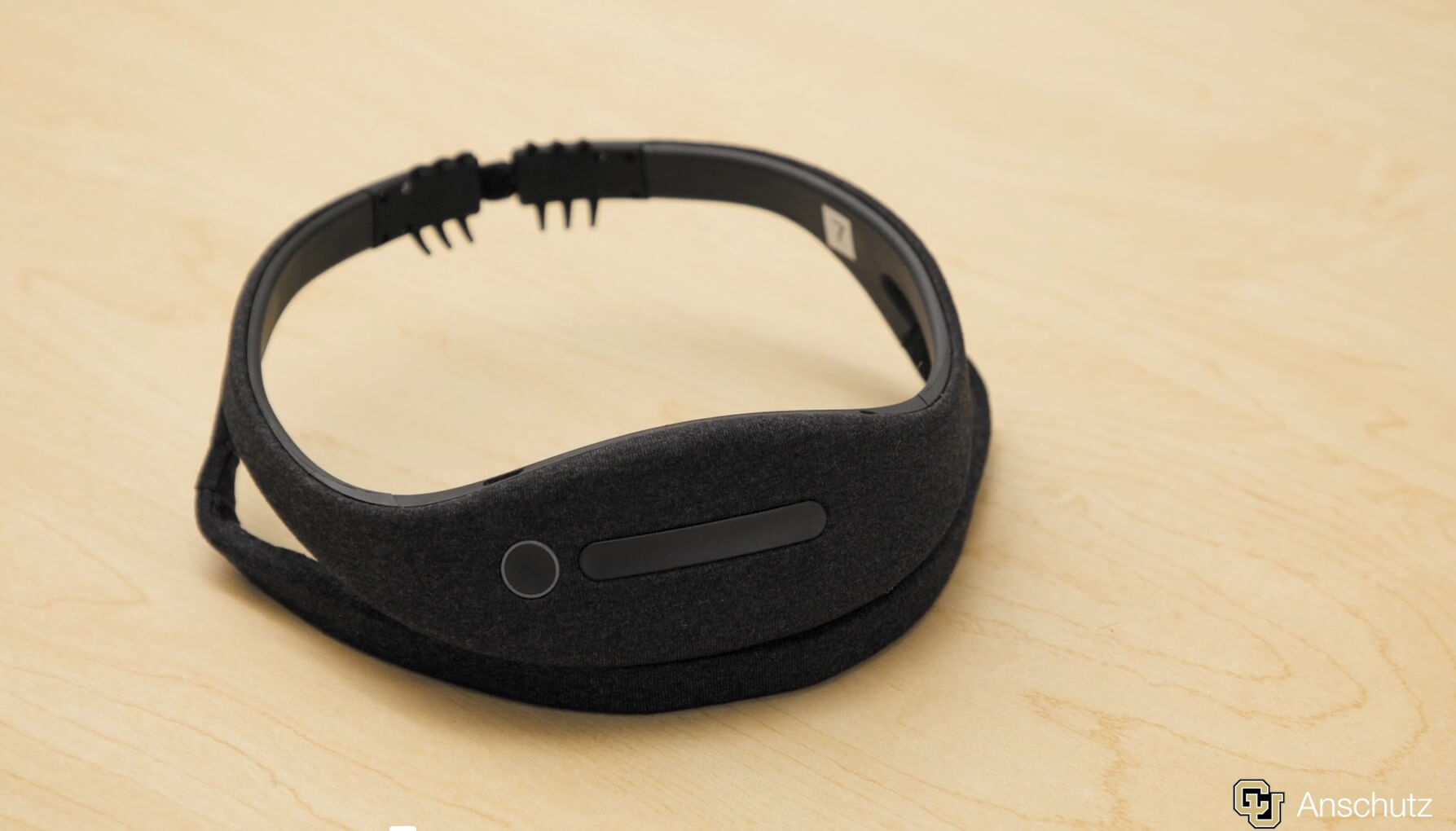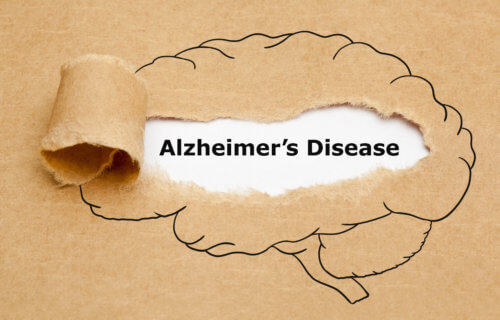AURORA, Colo. — The fitness-minded have been wearing activity trackers to keep tabs on their steps and exercise habits for years now, but what if there were a way to monitor brain activity in a similar way? It may sound like science fiction at first, but scientists from the University of Colorado Anschutz Medical Campus and Washington University in St. Louis are working on developing a new method of identifying some of the earliest signs of Alzheimer’s disease using a wearable headband while patients sleep.
In the largest study of its kind, researchers report meaningful progress in developing a new digital biomarker for detecting early signs of Alzheimer’s disease in brain wave patterns. Importantly, the method is designed to pick up on some of the most subtle signs of Alzheimer’s development in brain activity known to occur years before dementia symptoms appear.
More specifically, the new digital biomarker functions by using electroencephalography (EEG) scans recorded using a simple headband device to identify brain wave patterns connected to memory reactivation in sleep, which is considered a key part of the system responsible for processing memories during deep sleep. The research team’s latest study documents the uncovering of a relationship between EEG readings and levels of specific molecular changes indicative of pre-symptomatic Alzheimer’s disease. Further findings even demonstrated that the early stages of mild cognitive impairment due to Alzheimer’s disease are detectable in the EEG signals.
Electroencephalogram (EEG) is a way of measuring electrical activity in the brain, traditionally by way of small, metal electrodes attached to the scalp.
“This digital biomarker essentially enables any simple EEG headband device to be used as a fitness tracker for brain health,” says Brice McConnell, MD, PhD, assistant professor of neurology at the University of Colorado School of Medicine and study senior author, in a media release. “Demonstrating how we can assess digital biomarkers for early indications of disease using accessible and scalable headband devices in a home setting is a huge advancement in catching and mitigating Alzheimer’s disease at the earliest stages.”

The study authors analyzed data covering 205 aging adults and were able to identify measurable problems with memory reactivation in connection with specific levels of proteins, including amyloid and tau, that are known to accumulate in Alzheimer’s Disease.
“What we found is these abnormal levels of proteins are related to sleep memory reactivations, which we could identify in people’s brain wave patterns before they experienced any symptoms,” Prof. McConnell explains. “Identifying these early biomarkers for Alzheimer’s disease in asymptomatic adults can help patients develop preventative or mitigation strategies before the disease advances.”
In conclusion, while much more work is necessary to perfect the digital biomarker, the research team believes these results are a major step forward when it comes to wearables as digital biomarkers for disease detection.
“We are just scratching the surface with this work, paving the way for affordable and easy-to-use devices to monitor brain health,” Prof. McConnell concludes. “This is proof of principle that brain waves during sleep can be turned into a digital biomarker, and our next steps involve perfecting the process.”
The study is published in the journal Alzheimers Disease & Dementia.
You might also be interested in:
- Sleep apnea patients show more signs of Alzheimer’s and a shrinking brain
- Lack of sleep spoils all the brain benefits linked to exercising
- Testing one protein could predict Alzheimer’s disease 7 years before symptoms emerge


The journal is called Alzheimer’s & Dementia: The Journal of the Alzheimer’s Association. Thank you. https://alz-journals.onlinelibrary.wiley.com/journal/15525279